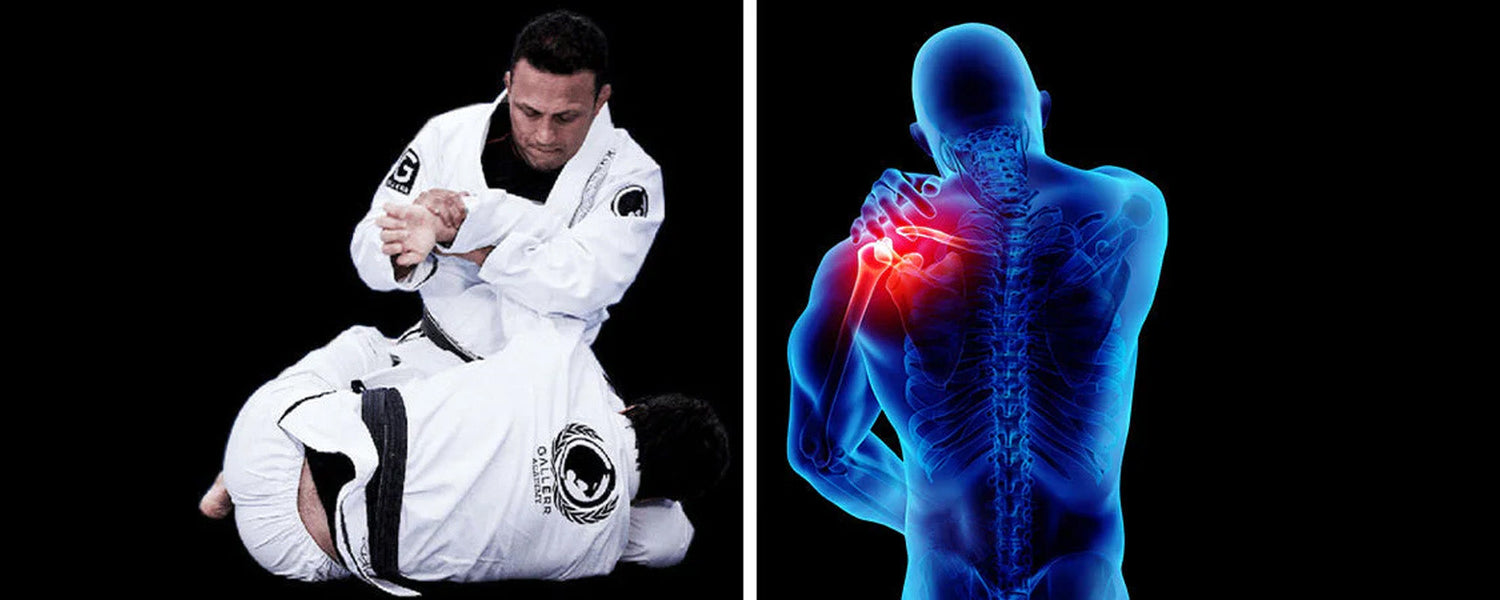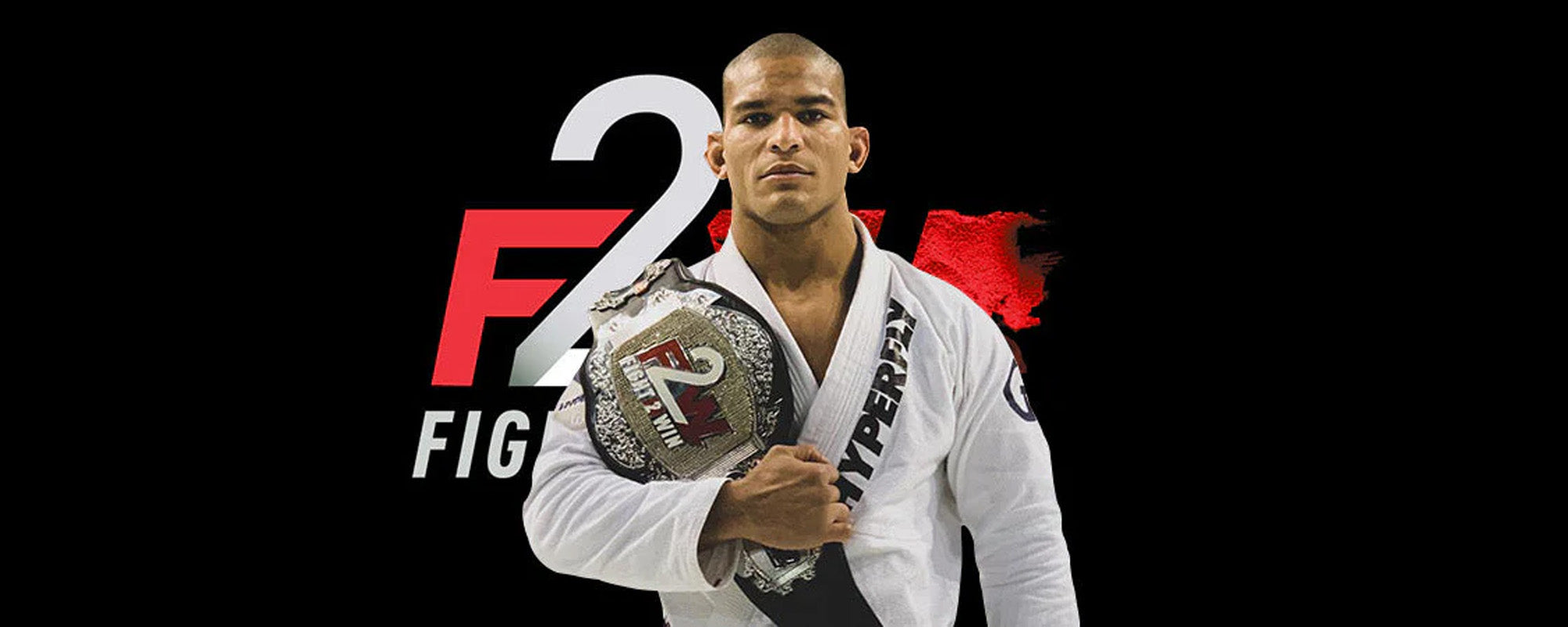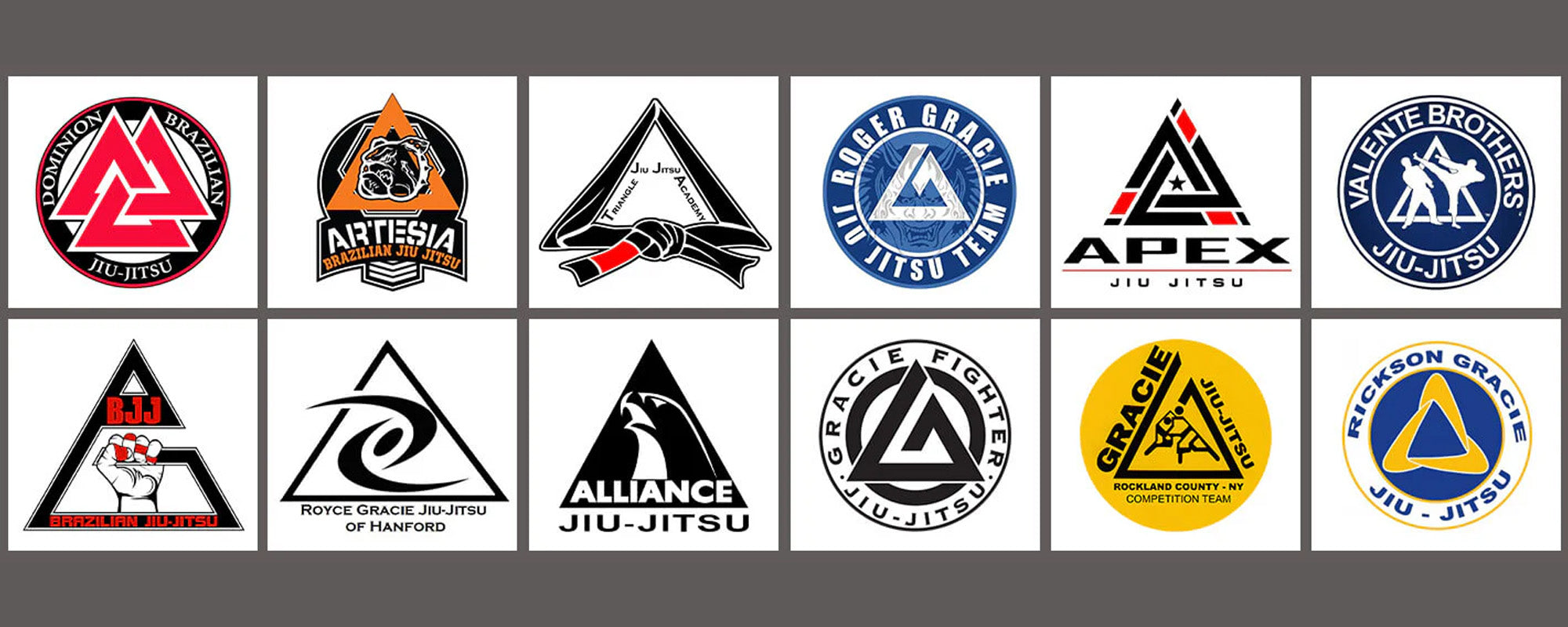Table of content
Can you do Jiu-Jitsu training with your injured shoulder? How can you ensure the safety of the injured shoulder during Jiu-Jitsu practice? Brazilian Jiu-Jitsu involves strenuous training with the involvement of almost all body muscles of practitioners. It is not feasible to practice with a severe shoulder injury.
Before resuming Jiu-Jitsu training, practitioners should take proper recovery time and must consult their doctor before rejoining the BJJ.
1. BJJ Shoulder Injuries
Shoulders are ball and socket joints that require stabilized ligaments and muscles to work properly. The shoulder can not move freely if any of the muscles or ligaments get hurt or strained.
How do muscles and ligaments get hurt during Jiu-Jitsu training? The BJJ practitioners are susceptible to injuries while rolling with a stronger opponent or defending against submission attacks like Omoplata. Similarly, if you try to apply submissions with brutal force and miss on the techniques, the miscalculated force can increase the possibility of a severe shoulder injury.
Now let’s discuss some major shoulder injuries that can occur on the mat. The most common Jiu-Jitsu shoulder injuries include:
1.1. Rotator Cuff Tendinopathy
Rotator cuff tendinopathy occurs as the consequence of extreme pressure on RC (Rotator Cuff) tissues. RC can last over months and more if not treated properly. However, 6 to 12 weeks is the rehabilitation period to recover from the shoulder pain of RC BJJ Injury. BJJ practitioners over the age of 40 should take special care because of weak bones and a high chance of injury.
1.2. Bursitis
A bursa is a little sac that contains fluid. These sacs are widely distributed throughout the body, frequently at joints or locations where tendons glide across bony regions. Bursitis occurs when one or more of these sacs becomes inflamed, and it can affect the knee, elbow, hip, or shoulder.
Among martial artists and especially in grapplers, this commonly happens following a direct hit to the shoulder joint or when an opponent attempts a shoulder lock.
If it is left untreated for a long period, it could develop a severe impairment in the flexion of the shoulder joint.
1.3. Dislocations
Dislocations are among the most common traumatic shoulder injuries. Typically in case of dislocation, the upper arm's head (Humerus) moves forward relative to its socket, similar to what you might see in a Kimura submission move.
Dislocations require immediate treatment and adequate recovery time under the supervision of a certified specialist.
1.4. Labral Tear
The labrum is a cartilage structure that rests on the ring of the shoulder joint and strengthens the joint's stability by increasing its depth, facilitating muscle control, and evenly distributing the weight on the joint. The wrong application of complex BJJ moves can rupture the labrum and cause complexities.
Labrum injuries lead to the complete or partial dislocation of the shoulders. It takes 4 to 6 weeks to heal the labrum and restore it to its previous position.
1.5. Rotator Cuff Tears
The Rotator Cuff is a set of muscles and tendons in the shoulder that hold the ball of the humerus bone in the shoulder joint socket. They enable us to raise and move our arms away from our bodies.
When the tendons move away from the arm bone, a rotator cuff rupture happens.
1.6. Impingement Syndrome
Impingement syndrome is the condition in which rotator cuff tendons are affected by a shoulder attack. This condition makes the fighters unable to sleep on the affected side because of severe pain. Jiu-Jitsu fighters are not able to move their shoulders, or arms above their heads during impingement syndrome. This injury can be treated by taking proper rest and with intensive medical assistance.
1.7. (AC) Acromioclavicular Joint Condition
This is another typical shoulder injury. AC joints are anatomically more vulnerable to damage due to a lack of muscle support. One of the six forms of AC joint injuries typically results from falling on the point of the shoulder, damaging the surrounding ligaments.
Recommended anti-inflammatory drugs and physical therapy are used to treat this type of shoulder injury.
2. How to Recover from BJJ Shoulder Injuries
2.1. Foam Roller Exercises
Foam rolling exercises alleviate the pain and stiffness of shoulder muscles. It’s one of the best practices to message the shoulder which ultimately leads to speeding up the recovery process.
2.2. Strengthening and Stretching Exercise
Stretching of injured shoulder muscles is one of the primitive methods to support and ensure a speedy recovery. Because it provides strength to affected muscles.
To perform stretching exercises, Lie down. Lift your affected arm at the elbow and pull it up across your body. Now, gently stretch the shoulder. For 15 to 20 seconds, hold the stretch. Repeat this exercise at the ease of current movement ten to twenty times daily for a speedy recovery.
2.3. Anti-Inflammatory Medicine
Anti-inflammatory drugs help to heal the injured muscle by stimulating collagen synthesis. Collagen protein is responsible for the endurance and stiffness of muscles.
2.4. Ultrasound Therapy
Ultrasound therapy is often used to treat shoulder injuries as an alternative to surgery. The heating of muscles stimulates the healing of ligaments and tissues.
2.5. Physical Therapy
Physical therapy is also an effective and widely used method to recover from shoulder pain. It includes several muscle-relieving exercises.
2.6. Corticosteroid Injection
Different types of corticosteroid medications are injected into various anatomical sites to relieve muscle pain. These injections help to improve joint motion which ultimately helps to recover from shoulder pain.
2.7. Proper Rest
Shoulder injuries on the Jiu-Jitsu mat are not new. However, proper treatment and recovery time reduce inflammation and speed up the rehabilitation of the injured area.
3. Is It Possible to Train BJJ with a Shoulder Injury?
Jiu-Jitsu training requires a lot of muscle involvement and hard training. If you are suffering from a severe shoulder, it would be recommended to take some proper rest. If the injury is not severe and makes it difficult to move your arm, then you can indulge in some mild BJJ movements after the recommendations of your doctor. Like any other serious injury, If Proximal injury is not attended to properly, it can become serious and cause permanent damage.
4. Exercise to Strengthen the Shoulder of BJJ Practitioners
As discussed above, shoulders are susceptible to getting hurt in submission attacks. However, BJJ fighters can reduce the chances of shoulder injury by strengthening their muscles. Below we have discussed some effective shoulder-strengthening exercises for BJJ grapplers.
4.1. Stretching Shoulder Muscles
Stretching is one method for keeping your body healthy and stable while practicing BJJ. Shoulder muscles need to be flexible and adaptable for using BJJ techniques for a long time without getting hurt.
4.2. Push Press
This enjoyable exercise helps Jiu-Jitsu practitioners to enhance their overall body strength. It's a fantastic approach to stimulate shoulder muscle growth. It's more than just a shoulder workout because it also works for your triceps, biceps, delts, core, and lower body.
4.3. Rear Delt Fly
The main target of this exercise is the rotator cuff shoulder muscles. Because they are the most under-trained muscles in your shoulders, you should target them with a handful of workouts.
4.4. Scapular Mobility
BJJ fighters should practice scapula mobility to prevent injuries. The scapula is also known as the shoulder blade, and it plays an essential role in the general operation and elasticity of the shoulders. Working on this exercise can not only make your shoulder joints healthier but also help you to maintain good posture, which is crucial for BJJ.
4.5. Standing Military Press
As the name implies that grapplers can perform this exercise in a standing position. This exercise provides full body lift and can also stabilize the shoulder muscles.
5. FAQs
5.1. Is BJJ Safe For Shoulders?
BJJ is perfectly safe for shoulder muscles. But if a practitioner tries to master the submissions without techniques, then shoulder muscles are at a higher risk of injuries. So, BJJ practitioners should try to execute the complex submissions after the drilling and ease of proficiency.
5.2. What Should You Not Do With A Shoulder Injury?
People who are suffering from shoulder injuries avoid doing weight training that exerts more pressure on muscles.
5.3. How Fast Do Shoulder Injuries Heal?
It all depends upon the severity of the sprains. Mild injuries need 1 to 2 weeks to recover while chronic sprain may take months or a year of rehabilitation.
6. Conclusion
Shoulder injuries are not rare for BJJ practitioners. Grapplers can protect their shoulders from injuries by strengthening the entire body with exercises. However, these injuries can never stop the grapplers from going back on the mat if they are treated properly and timely.
Photo Credit: @renzogracie.online












Leave a comment
This site is protected by hCaptcha and the hCaptcha Privacy Policy and Terms of Service apply.